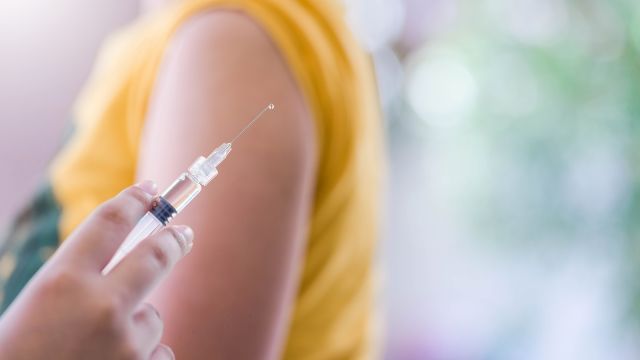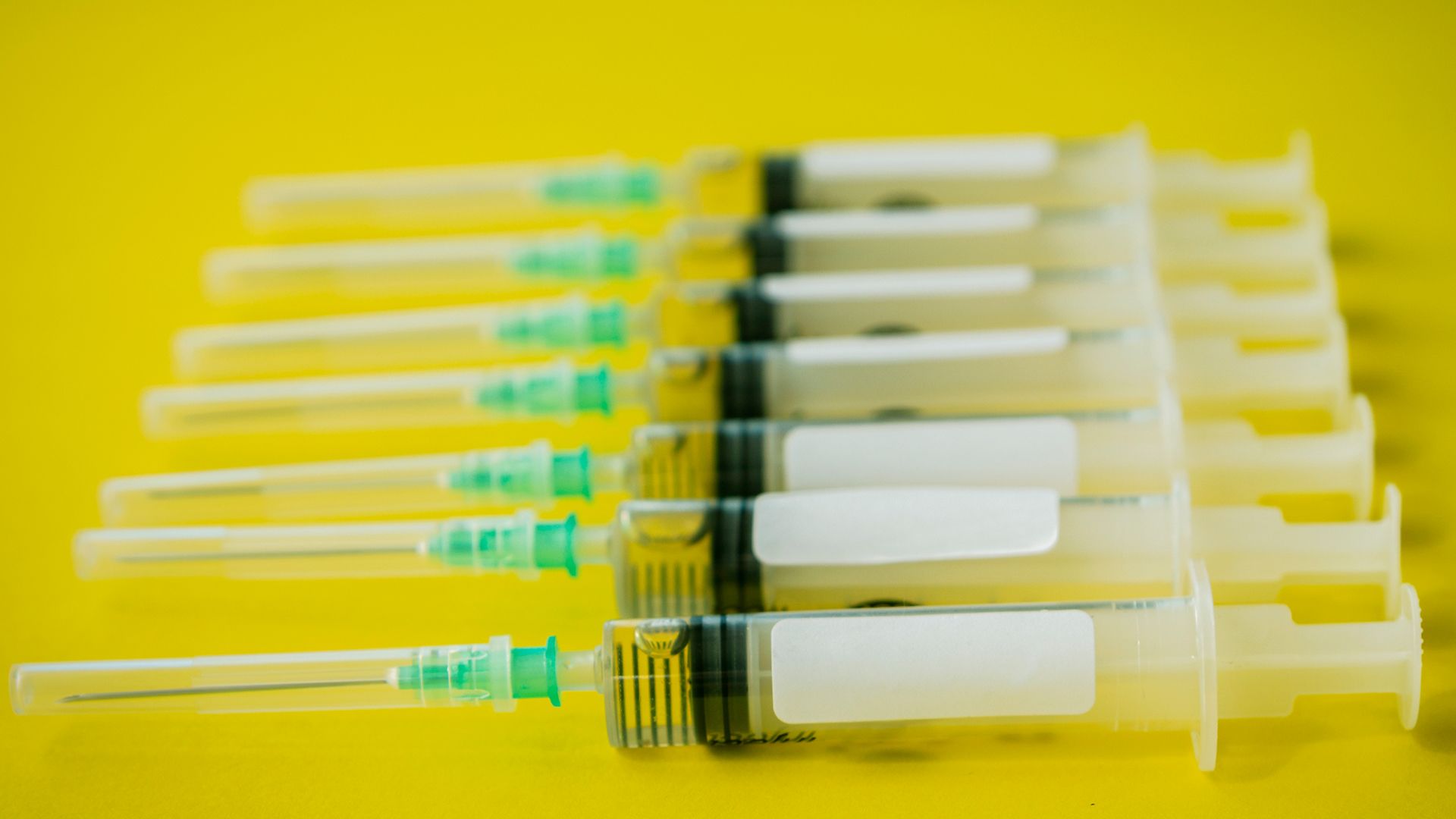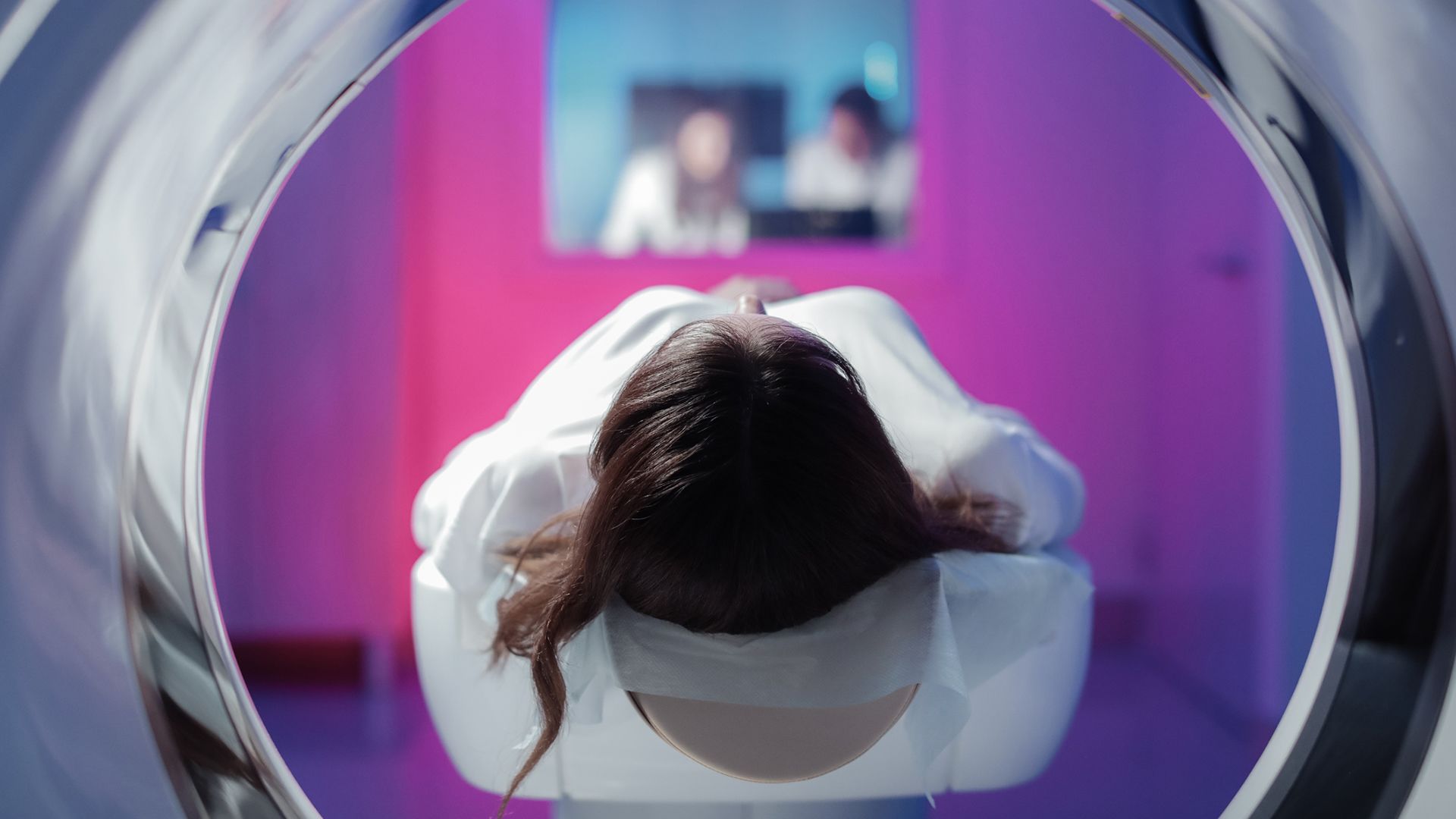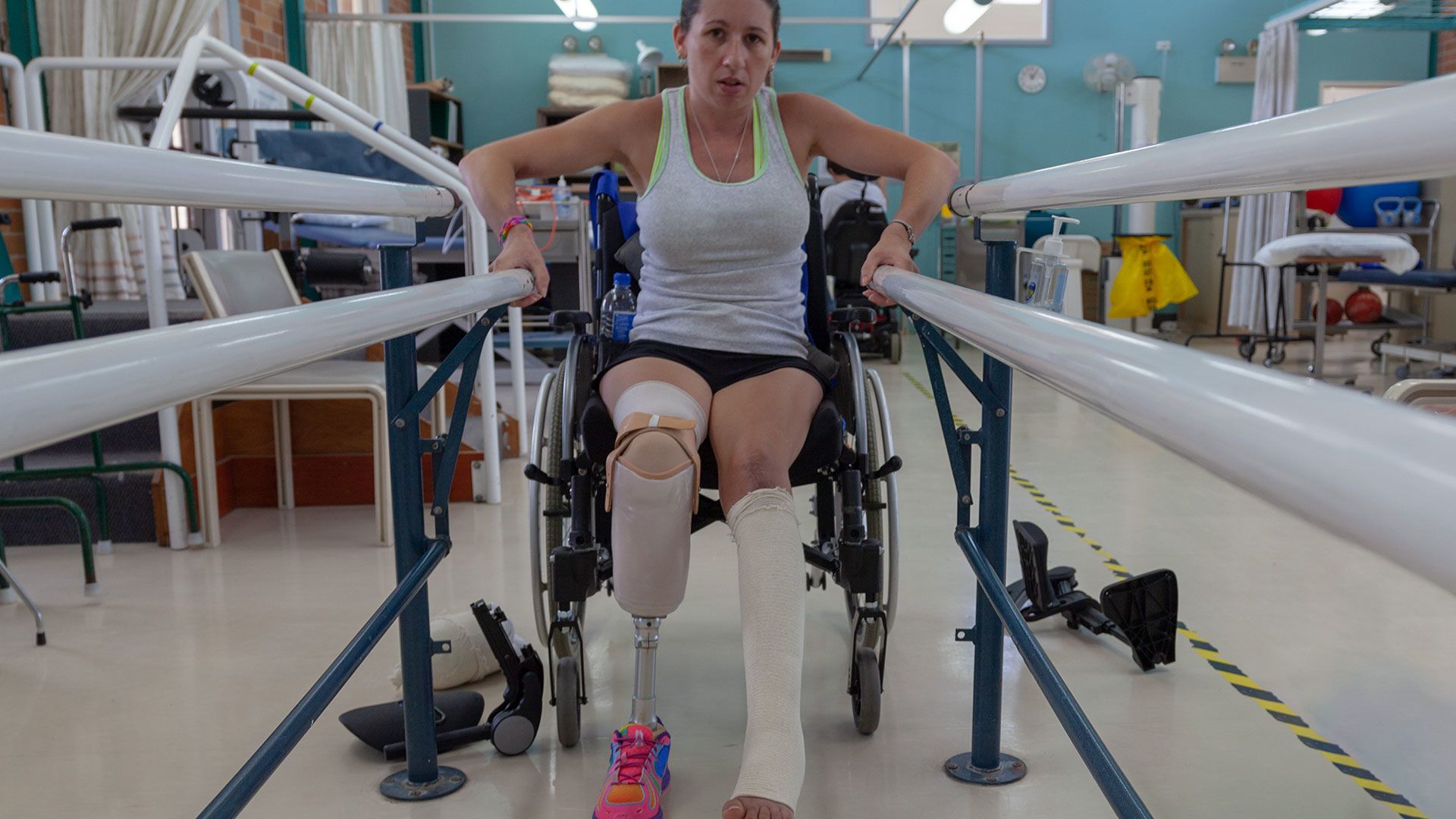Updated on November 13, 2024
Meningococcal disease refers to illnesses that are caused by infection with bacteria called Neisseria meningitidis, or meningococcus. Infection can cause meningitis, or inflammation of the protective membrane that covers the brain and spinal cord. It can also cause blood infections.
While rare, meningococcal disease can be devastating. Between 10 and 15 percent of cases are fatal. Among those who recover from meningococcal disease, roughly 20 percent experience permanent side effects, which can include:
- Hearing loss
- Nerve damage
- Brain damage
- Loss of limbs due to amputation, which may be necessary if the infection spreads into the bloodstream
Meningococcal disease can affect people of all ages. But rates are highest among two age groups: children younger than one year old, and young adults between the ages of 16 and 23.
Types of meningococcal disease
Bacteria fall into groups, called serogroups, based on differences in their structure. The serogroups of bacteria that cause most cases of meningococcal disease worldwide are A, B, C, W, X, and Y. Different serogroups are more common in different parts of the world.
There are vaccines that can protect a person from these bacteria:
- The meningococcal conjugate (menACWY) vaccines protect against bacteria in the serogroups A, C, W, and Y.
- The serogroup B meningococcal (menB) vaccines can protect against serogroup B bacteria.
- The pentavalent meningococcal (menABCWY) vaccine protects against all of them—serogroup A, B, C, W, and Y bacteria.
Here’s what you should know about each of these vaccine types.
MenACWY vaccine
In the United States, the meningococcal ACWY vaccine is one of the routine vaccinations recommended for adolescents. It’s given in two doses. The initial dose should be given at age 11 or 12. A booster dose should be given at age 16.
Sometimes, additional doses are recommended—for example, if someone has a compromised immune system due to HIV. In some cases, the meningococcal ACWY vaccine may be recommended for children between the ages of 2 months and 10 years who are at an increased risk. Many colleges require students to have a meningococcal ACWY vaccine.
MenB vaccine
The meningococcal B vaccination is not included in the routine vaccinations for adolescents in the U.S. It is, however, recommended for people who are at an increased risk of meningitis. These include:
- People with certain health conditions that affect the normal function of the immune system
- People at risk due to an outbreak
Many colleges recommend students be vaccinated against meningococcal B and some require it.
Adolescents can still receive the meningococcal B vaccine if desired. The decision is something for parents and teens to discuss with a healthcare provider. For adolescents at normal risk, the meningococcal B vaccine is given between the ages of 16 and 23, and ideally between the ages of 16 and 18. Two doses are needed for the best protection and the doses should be given at least a month apart.
MenABCWY vaccine
This vaccine isn’t routinely recommended to adolescents. Instead, it’s intended for people between ages 10 and 25 who would otherwise receive both of the other vaccines—menACWY and menB—at the same visit.
Work with your healthcare provider
Working with a healthcare provider is the best way to determine what vaccines you and your family need. During your next visit, talk about recommendations, the risk of meningococcal disease, and any concerns you have. You should also contact your insurance company to ask above coverage and the out-of-pocket costs associated with vaccines.






